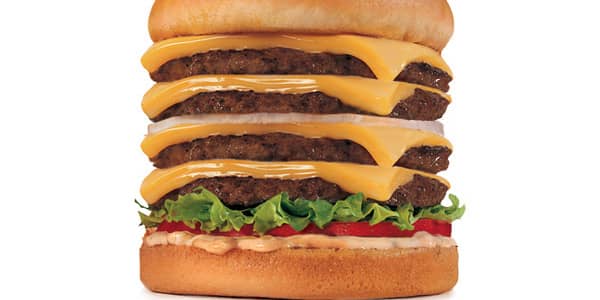As the final days of the holiday shopping season approach, shoppers are looking for bargains, bargains, bargains.
But there's a dark side to all this savvy shopping — retailers are losing millions of dollars due to promotions that are entered incorrectly into computer systems or because of coupon fraud.
Coupons, "buy one, get one free" offers, and other promotions are strategies that have been working well for retailers this year, as more consumers view shopping as a sport they need to win. If you want proof, look at the latest retail salesdata, which suggest shoppers came out for the Black Friday sales, but were more restrained in their spending during the rest of the month.
It’s also a trend that has popped up in consumer surveys such as Deloitte’s annual American Pantry Survey, which found that 80 percent of shoppers believe it’s “fun” to see how much money they can save via coupons or shopper loyalty cards.
The Deloitte study also found that when Americans go to the store to “stock up” on essentials, about one half of the items in their cart are items that are on sale.
As retailers get more creative with their promotions and discounts, however, costly errors are more likely to occur, according to Derek Rodner, vice president of product strategy at Agilence, a company that specializes software and systems to prevent retail loss.
The problem is worse during the holidays, not only because there are more discounts and more shoppers, but because retail staff may be inexperienced.
One common error occurs because of mistakes that are made when the product prices are entered into a computer. This kind of mistake can turn a $199 pair of jeans into a $1.99 pair of jeans.
Often an error such as this will go unnoticed by the person ringing up the sale — especially when that cashier is a temporary worker who was hired for the holidays, Rodner said.
“Their job is to listen for the beep,” he said. “Beep, beep, get the line moving.”
Using point-of-sale data from each item transaction, Agilence conducted a study on how low-value items — or those that rang up for less than 10 cents due to operational error — can cause substantial losses to its retail customers. One large supermarket chain lost more than $9.5 million in the year-to-date period based on errors on these small-value transactions alone, Rodner said. (Agilence declined to provide the name of the chain, but said it has about 1,100 retail stores.)
These errors can also occur with coupons that don't scan correctly or are unclearly written. Rodner cited an example of a grocery store's “buy 10, get 5 free” promotion for Coca-Cola's Powerade. The store had intended for customers to get the discount if they purchased 15 bottles of the drink — in other words, buy 10 bottles, get the next five free. What happened, however, was customers bought 10 bottles and received half of them for free.
There also are incidents where coupons are intended for a specific product, but will ring up the discount when used on other items.
Rodner knows of an incident that led to four arrests. Store employees discovered a $5 off coupon for an over-the-counter medicine could be used on anything. The employees started using it to buy Visa gift cards and other items.
According to several reports, coupon fraud even took place on TLC's "Extreme Couponing" TV show. A woman on the show alledgedly used coupons to buy one product, even though it was meant for another. For example, purchasing boxes of General Mills' Honey Nut Cheerios, Lucky Charms, and Kix cereals when the coupon used was intended for the pricier Fiber One cereal.
The problem could get even worse as consumers use coupons more frequently, which is what is expected.
In fact, research and consulting firm Borrell Associates predicted last year that the total value of online coupons redeemed over the next five years would triple, reaching a total of $22 billion by 2014. That's just the online coupons, not the ones you get in advertising circulars, in mailers, and in product packages.
Questions? Comments? Email us at consumernation@cnbc.com. Follow Christina Cheddar Berk on Twitter @ccheddarberk.





